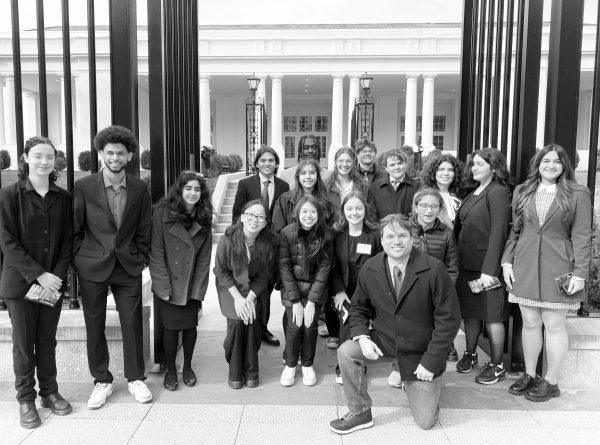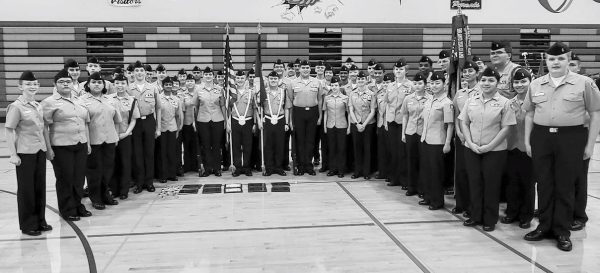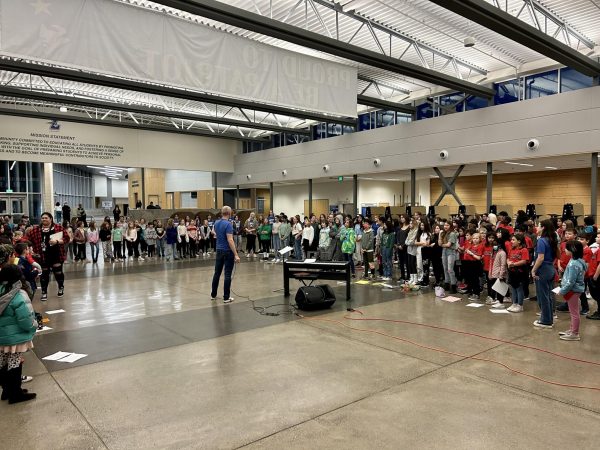ELL class sizes are growing rapidly as Liberty population increases
November 9, 2017
Picture yourself attending a new high school for the first time. You have no idea what to expect, no idea of knowing what your teachers will be like or how difficult your classes will be. Worst of all, you don’t know anybody. You’ve left behind a wonderful community of friends and activities you enjoy for a group of strangers.
Now, imagine you’re doing all of that, without knowing more than a few words of English.
ELL classes at Liberty primarily aim to help students from foreign countries develop English skills, allowing them to succeed in school and adapt to life in the United States. This year, the ELL class has grown to 19 students, as compared to six students in the program last year.
ELL teacher Andrea Antrim views the growth as mostly positive, as it allows students to work in groups with others of their same level. However, there are drawbacks to the swelling class size.
“I don’t get to spend as much time with each student,” Antrim said. “It’s a very unique population.”
During a typical class period, ELL students will watch the news, learn a vocabulary word, and work on an assigned group project. The work is tailored specifically to each student and what they need help with most, be that writing, reading, or speaking.
For senior Moises Castillo, who moved to the United States from Mexico, ELL has been a great experience.
“I was so quiet when I got here, and now I’m the loudest one in the class,” Castillo said. “The class is fun.”
Antrim says the crucial thing Liberty students can do to help ELL students is to incorporate them – inviting them to work together on group projects, asking if they would like to join a sport or club, or getting to know them and discovering their interests.
For those ELL students who were very involved in their communities and classes in their home countries, coming to the United States and having to start over, not only with new people, but also with a new language can be very difficult.
The key is often getting to know other students, within class and also as friends outside of class, inviting them to take part in things they’re interested in and growing their friend group.
“It can be very isolating to be an ELL student,” Antrim said. “Make sure they know you want them in your group. There’s probably an ELL student in one of your classes.”












